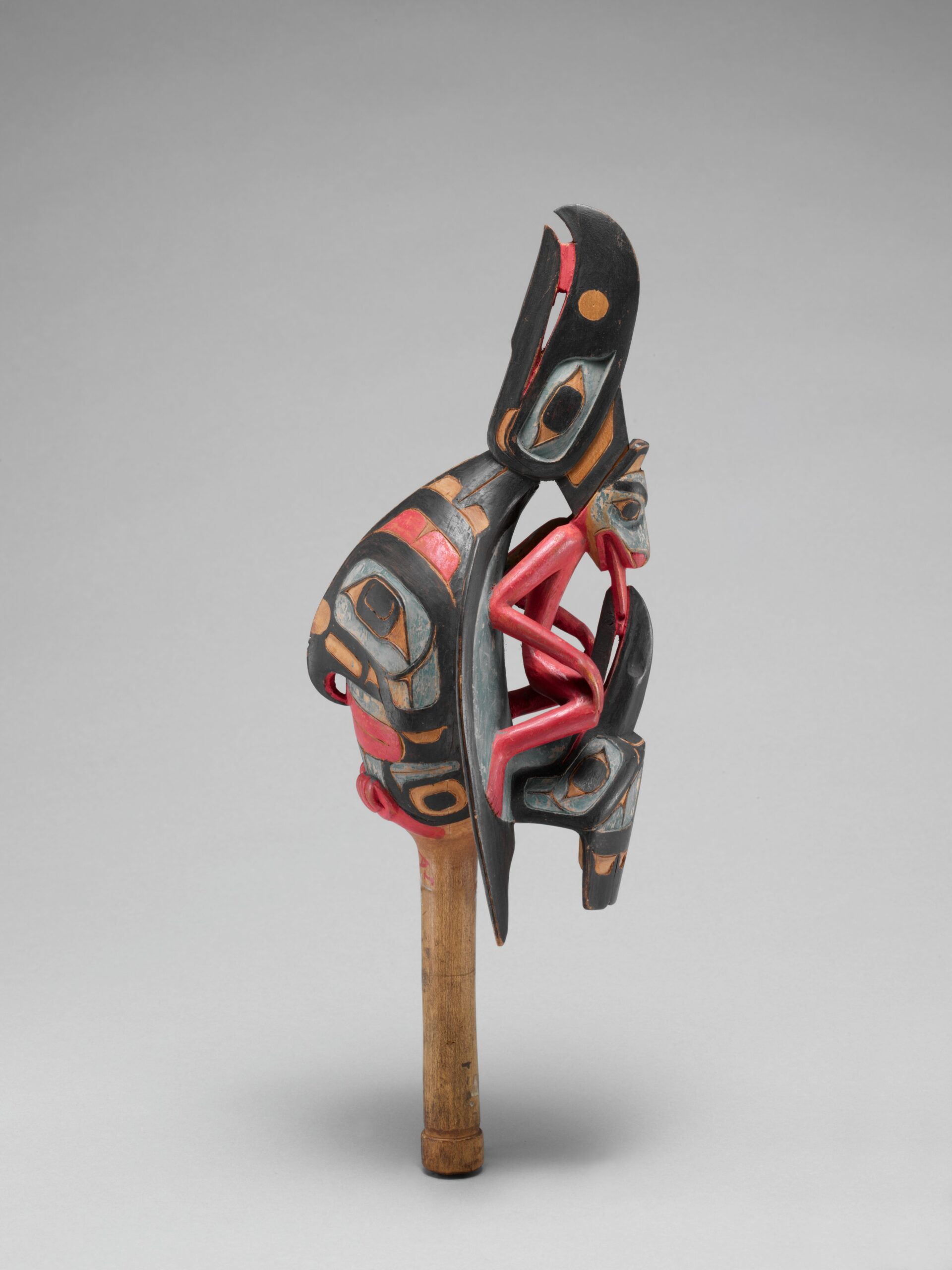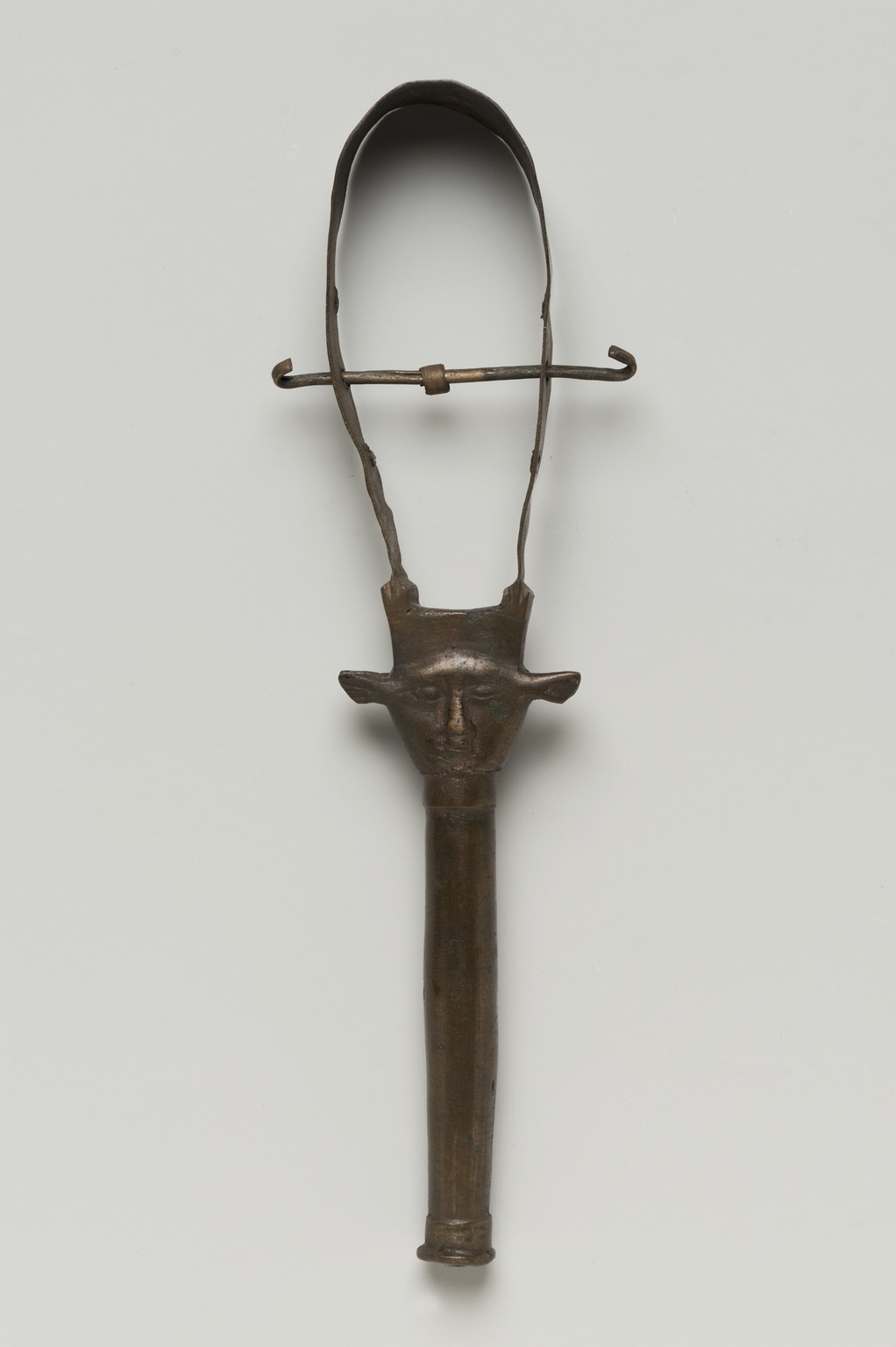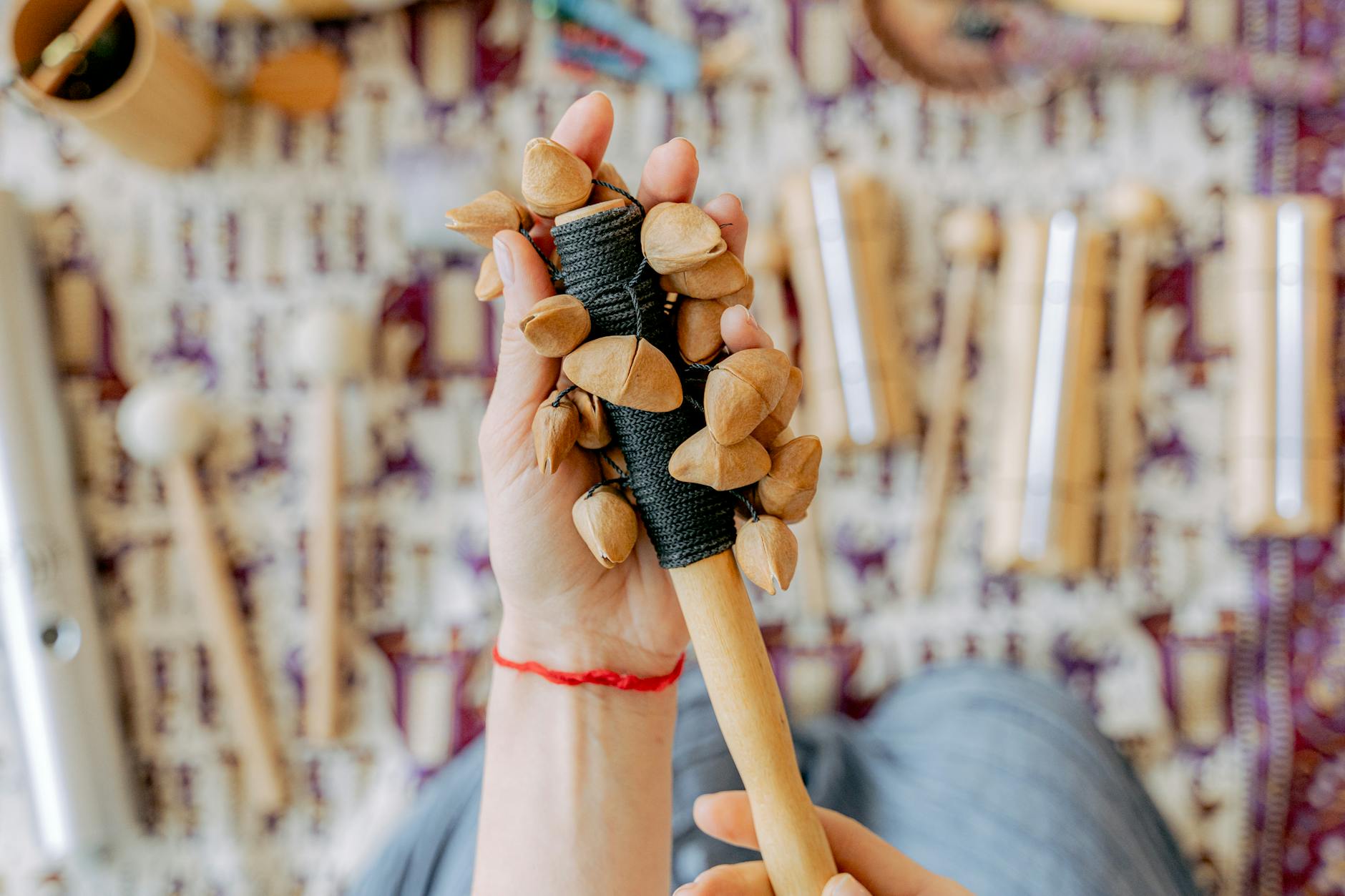Introduction: The Universal Language of Rattles
Rattles, simple yet profoundly symbolic instruments, have been woven into the fabric of cultures worldwide, each telling a unique story of ceremonial significance and spiritual connection. From the rainforests of Africa to the vast plains of Native America, the use of rattles across diverse cultures unveils a global tapestry of rhythm, ceremony, and profound spirituality. In this exploration, we delve into the ceremonial uses, materials, and cultural nuances of rattles from six distinct corners of the world.
1. Native American Rattles: A Symphony of Connection

Materials: Earthly Elements Weaved into Spirituality
Craftsmanship in Nature’s Bounty Native American tribes, guided by a deep connection to the natural world, crafted rattles from materials such as gourds, turtle shells, and deer hooves. The materials held symbolic significance, embodying the essence of the tribe’s relationship with the land.
Ceremonial Uses: Shamans and Sacred Rituals In Native American cultures, rattles played a central role in sacred rituals. Crafted by skilled artisans, often shamans, these instruments were used to invoke spirits, guide healing ceremonies, and establish a connection with the divine. The rhythmic sound of the rattle was believed to bridge the earthly and spiritual realms, facilitating communication with unseen forces.
2. African Rattles: A Jungle Symphony

Materials: Natural Elements and Vibrant Creativity
Spiritual Craftsmanship in the Jungle In various African cultures, rattles were crafted using materials found in abundance in the jungle. Gourds, seeds, shells, and animal bones were transformed into instruments, with each community infusing its unique creativity and symbolism into the crafting process.
Ceremonial Uses: Ancestral Tributes and Harvest Celebrations African rattles were often employed in ceremonies honoring ancestors and during harvest celebrations. The percussive sounds echoed through communal gatherings, serving as a medium to communicate with the spirits of the land and ancestors. The vibrant rhythms invoked a sense of unity and spirituality within the community.
3. South American Rainforest Rattles: Guardians of Nature

Materials: Rainforest Gifts Woven into Sound
Nature’s Palette in Crafting Indigenous tribes in the South American rainforests created rattles using the diverse gifts of the lush environment. Plant fibers, seeds, and dried fruits were meticulously woven into instruments that celebrated the interconnectedness of the community with the natural world.
Ceremonial Uses: Healing and Connection with Nature Spirits These rainforest rattles were integral to healing ceremonies and rituals dedicated to nature spirits. The sound of the rattles was believed to channel the energies of the rainforest, fostering a profound connection between the tribe and the spirits that inhabited their verdant surroundings.
4. Japanese Kagura Suzu: Sacred Sounds of Shinto

Materials: Metal Craft and Spiritual Symbolism
Spiritual Craftsmanship in Metal In Japan, Kagura Suzu, or ceremonial rattles, are crafted from metal and are an essential part of Shinto rituals. The metalwork is intricate, often featuring symbols and motifs associated with Shinto deities and spiritual significance.
Ceremonial Uses: Summoning the Kami Kagura Suzu are used in Shinto ceremonies to summon the kami, the spirits or gods revered in Shinto. The rhythmic sound of these metal rattles is believed to purify the sacred space and facilitate the presence of the divine during ceremonies and festivals.
5. Australian Aboriginal Clapsticks: Rhythmic Storytelling
Materials: Hardwood and Cultural Narratives
Crafting Instruments with Cultural Stories Australian Aboriginal cultures have a rich tradition of using clapsticks, which can be considered a form of rattles. Crafted from hardwood and often adorned with symbolic artwork, these instruments serve both ceremonial and storytelling purposes.
Ceremonial Uses: Dreamtime Narratives and Rituals Clapsticks are employed in ceremonies that recount Dreamtime narratives and sacred rituals. The rhythmic sounds produced by these instruments are believed to connect the participants with the Dreamtime, the ancestral period when the world was created.
6. Indian Ghungroo: Ankle Bells in Devotion

Materials: Metal Bells and Spiritual Harmony
Spiritual Craftsmanship in Sound In India, the ghungroo, a set of small metallic bells, functions as a form of rattles in traditional dance and devotional practices. These bells are often strung together and worn around the ankles.
Ceremonial Uses: Dance Devotion and Temples Ghungroo are an integral part of classical Indian dance forms, adding a rhythmic element to the dancers’ movements. In temples and devotional practices, the sound of the ghungroo is considered auspicious, symbolizing the presence of the divine.
Conclusion: Resonating Unity in Diversity
The global use of rattles across these diverse cultures underscores a universal human inclination towards rhythm, ceremony, and spiritual connection. Whether crafted from natural elements in Native American traditions or shaped from metal in Japanese rituals, rattles serve as cultural ambassadors, echoing the heartbeat of communities and the spirit of shared humanity. As we explore these traditions, we find resonance in the unity that diverse cultures have found through the universal language of rhythm and spiritual expression.

